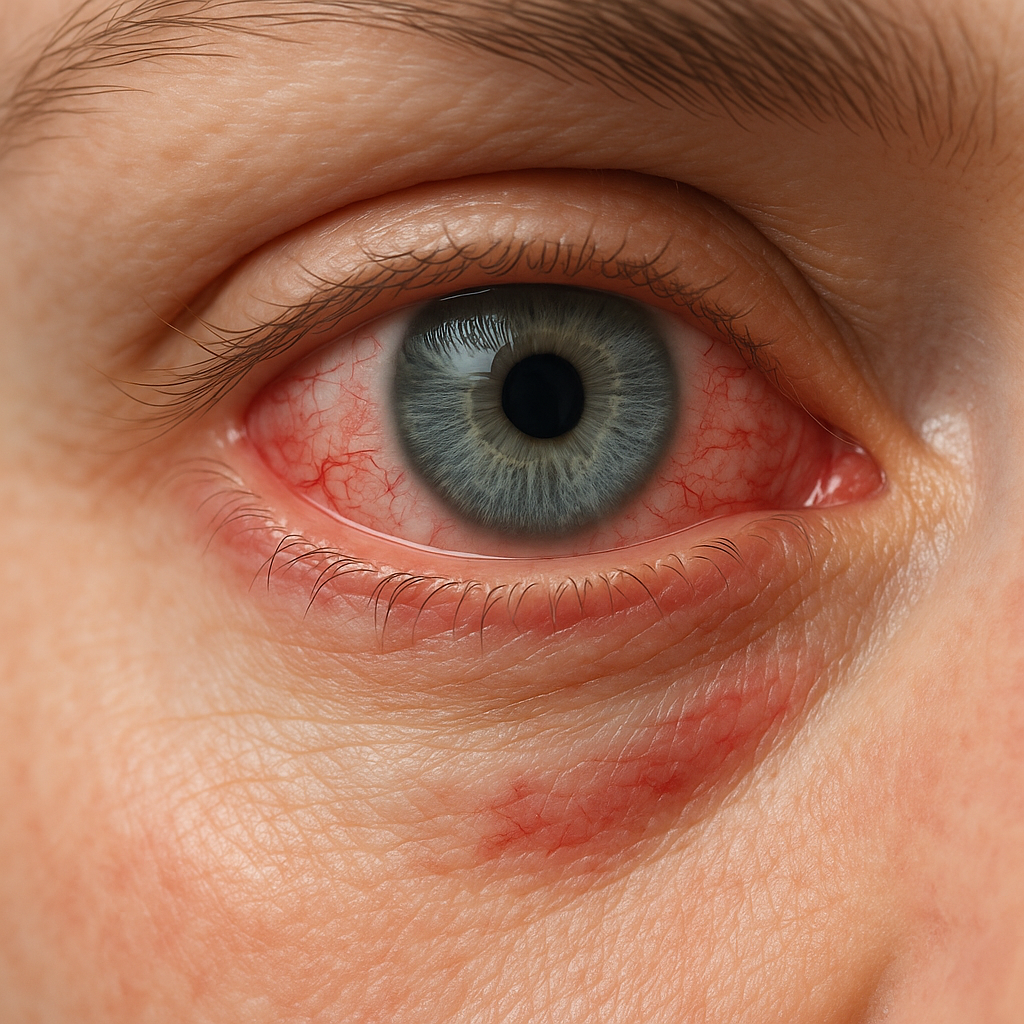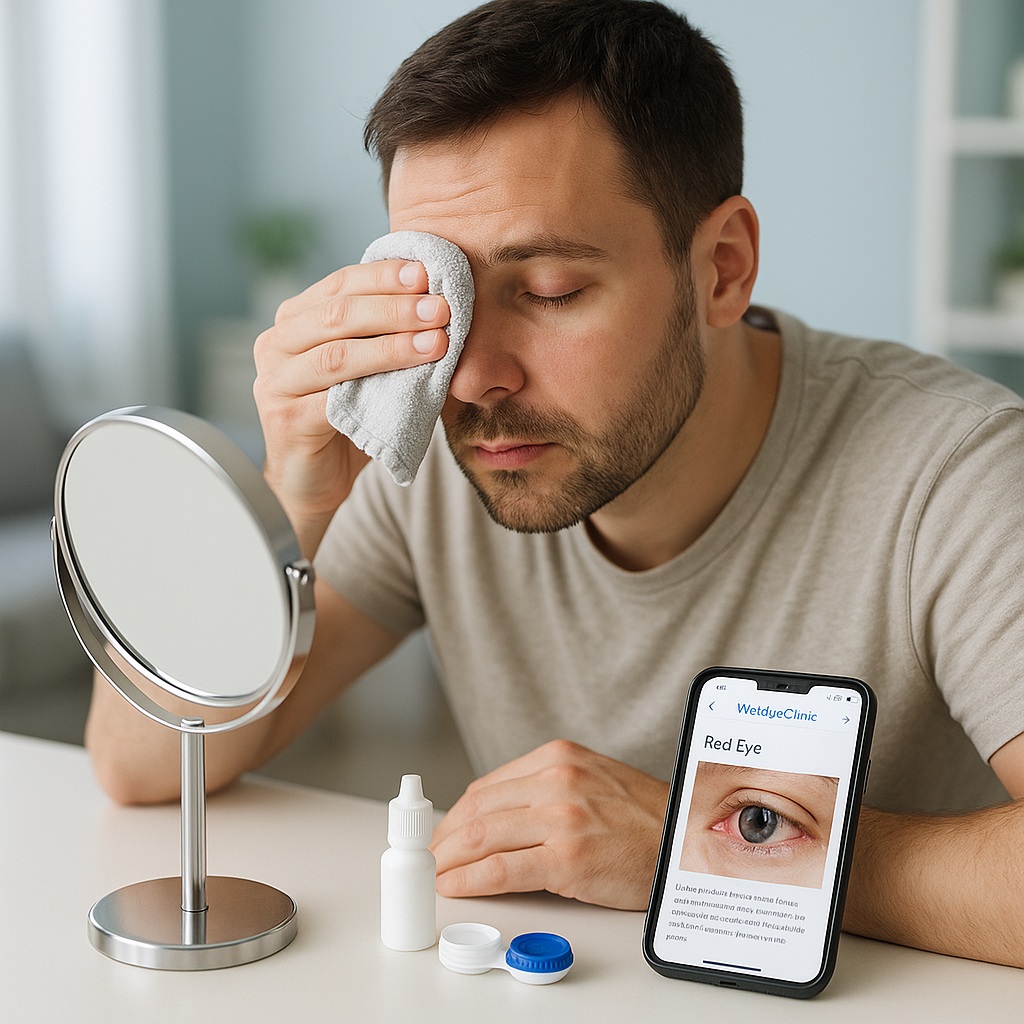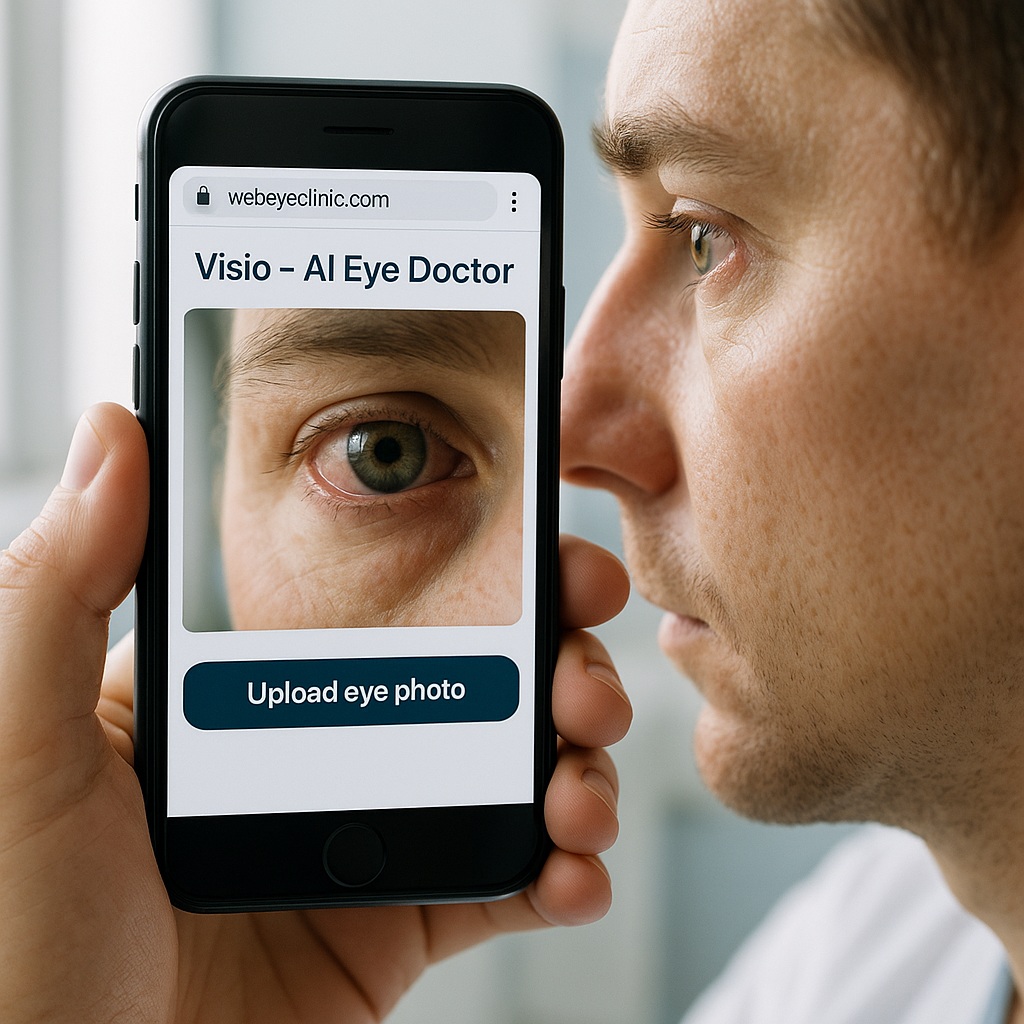How to Get Rid of Red Veins in Eyes: Causes, Treatments, and Prevention
Published: August 16, 2025
1. Understanding Red Veins in the Eyes
Red veins in the eyes, often described as “bloodshot eyes,” occur when tiny blood vessels on the surface of the eye become enlarged or irritated. While they can be temporary and harmless, persistent redness may indicate underlying issues that need attention.
1.1 Common Causes
- Dry Eyes: Lack of adequate tear production irritates the eye surface.
- Allergies: Pollen, dust, or pet dander can trigger redness and itching.
- Eye Strain: Excessive screen time or reading without breaks.
- Infections: Conjunctivitis (pink eye) or blepharitis.
- Environmental Irritants: Smoke, chlorine, wind, or pollution.
- Lifestyle Factors: Lack of sleep, dehydration, or excessive alcohol use.
2. Quick Relief for Temporary Redness
If your red veins are due to minor irritation or fatigue, these quick fixes may help:
- Lubricating Eye Drops: Artificial tears soothe and hydrate the eyes.
- Cold Compress: Reduces inflammation and soothes irritation.
- Screen Breaks: Follow the 20-20-20 rule to reduce eye strain.
- Hydration: Drink enough water to keep eyes moist.
3. Medical Treatments for Persistent Red Veins
If redness persists, a visit to an optometrist or ophthalmologist is essential. Treatments may include:
3.1 Prescription Eye Drops
Anti-inflammatory, antihistamine, or antibiotic drops can address infections, allergies, or chronic irritation.
3.2 Laser Therapy
In some cases, laser treatment can target and shrink visible blood vessels for cosmetic or medical reasons.
3.3 Treatment of Underlying Conditions
- Dry Eye Disease: May require prescription drops or tear duct plugs.
- Blepharitis: Managed with eyelid hygiene and medicated ointments.
- Allergic Conjunctivitis: Treated with antihistamines and allergen avoidance.
4. Prevention Tips
- Wear sunglasses to protect against wind, dust, and UV rays.
- Limit alcohol and caffeine, which can dehydrate the eyes.
- Maintain good contact lens hygiene.
- Get adequate sleep to allow eye tissues to recover.
- Use a humidifier in dry environments.
5. When to See a Doctor
Seek medical attention immediately if redness is accompanied by pain, sudden vision changes, light sensitivity, or discharge. These may indicate serious conditions such as uveitis, glaucoma, or a corneal ulcer.
Conclusion
Knowing how to get rid of red veins in eyes involves identifying the cause, using quick relief methods for minor irritation, and seeking professional care for persistent or severe symptoms. With the right approach, you can restore comfort, improve appearance, and protect your long-term eye health.


